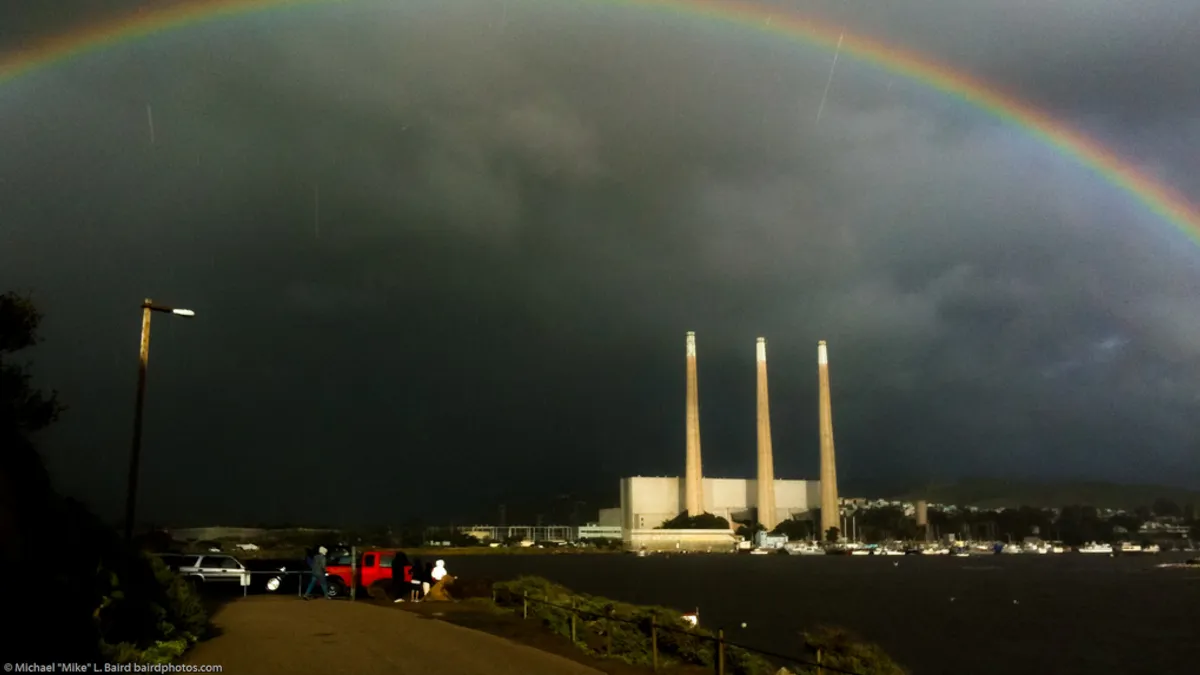Dive Brief:
- Members of the Southwest Power Pool's Market Working Group this week informally discussed the possibility of using a multi-day market to address coal units which are rarely dispatched by the RTO due to their longer start-up times.
- A trading analyst at Xcel Energy told the group that on a given day last week less than 10% of SPP's generation was coming from coal plants dispatched by the grid, while more than 40% came from self-committed coal generation.
- Wind and solar generation are exacerbating the problem, but Platts reports Xcel's Carrie Dixon believes a 4-day market structure could be a solution.
Dive Insight:
Platts has the details from a market work group meeting held via conference call this week, part of a continuing discussion in the SPP market about how to best compensate baseload generation as renewables and natural gas take up a larger share of the power mix.
Xcel's Dixon told attendees that last Friday afternoon, about 41% of SPP's generation was self-committed coal, and only about 9% was dispatched by SPP. Wind added almost 30%, and natural gas another 15%. "It's just going to get worse and worse and worse, the more wind and solar resources we get," Dixon said.
Coal generation in the Southwest Power Pool is falling, down from 59% in spring 2014 to about 41% this year. Simultaneously, wind generation has grown from about 15% last spring to 21% this year. A rise in wind power, combined with sustained low gas prices, has sent power prices on the SPP grid markedly lower in recent years, and the region lacks a capacity market that in other ISOs can deliver payments to baseload generators.
The average gas cost at the Panhandle Hub this spring was $1.68/MMBtu, compared to $2.46/MMBtu in spring 2015 and $4.66/MMBtu in spring 2014. Platts reports spot prices traded around $2.70/MMBtu last month.
Wind generation continues to increase, and accounted for over 20% of all energy produced in February, March and April of this year, and almost 19% in May. SPP has seen wind penetrations approach 50% for short periods of time, and CEO Nick Brown told Utility Dive in May that the changing fuel mix will require substantial transmission buildout and new market structures to compensate generators for the wear and tear that comes with balancing the grid for intermittent renewables.















